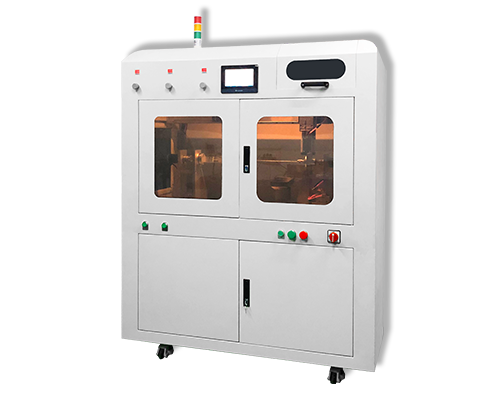Distal Filter (Umbrella) Brain Protection Device
Distal Filter (Umbrella) Brain Protection Device – Medical Device Coating – Cheersonic
In the 1980s, a number of filter-based systems were designed to capture and remove atherosclerotic debris released during carotid percutaneous treatment. Unlike balloon-based protection systems, filters can prevent embolic events without blocking distal blood flow.
Another important advantage of the filter is the ability to perform angiography during the procedure, which allows the stent to be positioned prior to final deployment. A major disadvantage of this filter system is that its efficacy in capturing and releasing emboli is dependent on the mesh size and may leak particles smaller than the filter mesh. In addition, the relatively large volume of the traversed carotid artery stenotic lesions may make passage of very severe lesions or tortuous vessels difficult, potentially resulting in spasm and dissection of the distal ICA.
All filters are basically composed of 3 parts: (a) a guide wire and a filter at the tip, (b) a delivery catheter, and (c) a recovery catheter.
The basic techniques for applying these filters are the same for almost all systems. After pre-shaping the tip of the guide wire, introduce the guide catheter and gently advance it through the lesion so that the filter can be placed at least 2 cm distal to the target lesion. The filter can be deployed by withdrawing the delivery catheter, and the contrast agent can be injected to determine its position. The balloon catheter and stent are then delivered to the target lesion using the same guide wire. After treatment with the stent, the retrieval catheter is pushed forward toward the filter until the distal end of the catheter completely covers the filter. Then, the retrieval catheter and its contents are pulled back together.
When taking out the protective umbrella, you need to consider:
neck rotation
Use a different extraction catheter
application guide catheter
guide wire
Re-expandable stent
An attempt should be made to “wash the stent” before withdrawing the cerebral protection device to remove particles that may be attached to it.
At present, a variety of protective devices with different characteristics have appeared. An ideal protection device should have multiple characteristics at the same time. First, it should be easy to place through the guidewire, and the device should have flexible rotational control and transmittable push forces. The protective device should have a small volume to facilitate passage through the lesion and be safely retrieved through the stented segment. Most importantly, these devices should be able to effectively capture embolic material without causing obstruction of distal blood flow.
The best protection includes a target that ensures distal perfusion, and debris capture and removal must be complete. These devices must never cause more complications than they can prevent. They should not cause distal embolism when traversing the target lesion and should be able to capture most of the particles.
Source: I Love Valves

Ultrasonic nozzles are particularly suitable for a wide range of medical coating applications due to their very precise, non-blocking, repeatable spray performance and extremely low flow rate capability. For several years, Cheersonic has been providing ultrasonic medical coating system to medical device manufacturers worldwide. As medical device technology evolves, we will continue to design unique medical coating ultrasonic spray solutions to enhance patient safety and provide the highest quality medical device coating on the market.
Cheersonic is the leading developer and manufacturer of ultrasonic coating systems for applying precise, thin film coatings to protect, strengthen or smooth surfaces on parts and components for the microelectronics/electronics, alternative energy, medical and industrial markets, including specialized glass applications in construction and automotive.

